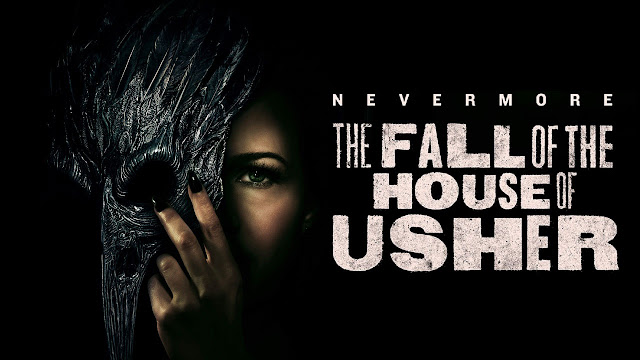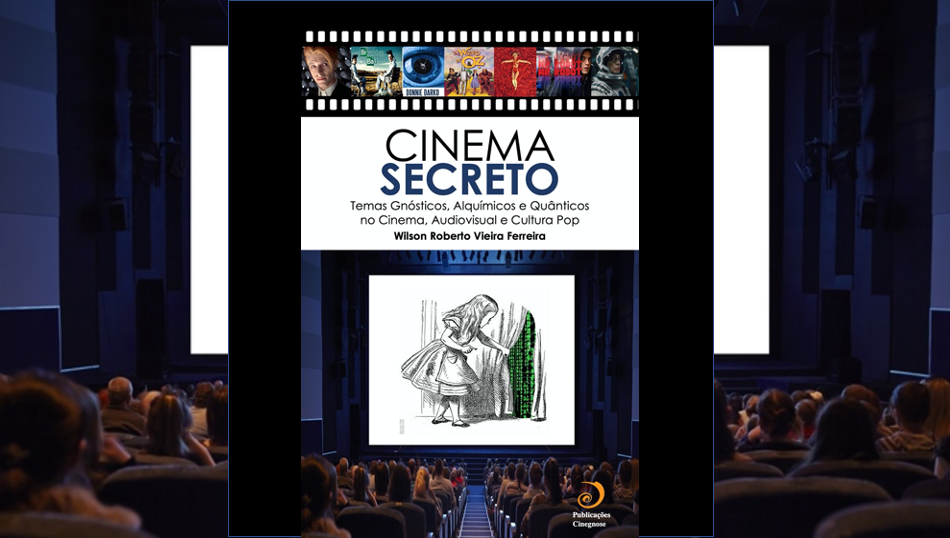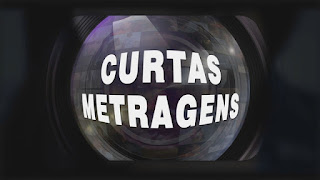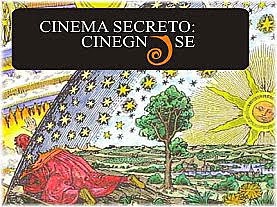There has also been much written about the adventures of Alice, but very little on its Occult leanings and those of its creator, Lewis Carroll (real name Charles Dodgson). This is shocking considering 'Alice in Wonderland' is one of the most mystical and surreal works in all of literature. Beyond its impact on modern culture and art, the book has influenced the Occult (Aleister Crowley required that his magicians read both ‘Alice in Wonderland’ and ‘Through a Looking Glass’).
Beyond what appears to be a vibrant metaphor for a child’s view of the alien and often illogical world of adults, could Carroll have hidden Occult ideas in his classic?
It is documented that Carroll was a member of the Society for Psychical Research, an organization founded by Anglican clergyman for the study of spiritualism, ESP, clairvoyance and all type of paranormal activity (members of its American branch included William and Henry James).
In ‘The Annotated Alice’, Martin Gardner states that Carroll was a strong proponent of ESP and Psychokinesis. Carroll himself wrote that the mind could break through into the supernatural realms:
‘All seems to point to the existence of a natural force, allied to electricity and nerve-force, by which brain can act on brain. I think we close on the day when this shall be classed among the known natural forces, and its laws tabulated, and when the scientific skeptics, who always shut their eyes till the last moment to any evidence that seems to point beyond materialism, will have to accept it as a proved fact in nature(p.53).’
This is clearly echoed in ‘Alice in Wonderland’ where the caterpillar is able to read Alice’s mind.
In ‘Through a Looking Glass’, Alice suddenly takes out a pencil and begins writing unintelligible words in a book before The White King. Gardner claims this scene was included because Carroll supported Automatic Writing (when a disembodied spirit is believed to seize the hand of a psychic) (p. 147).
This could possibly be the esoteric secret of Carroll’s famous riddle ‘Why is a raven like a writing desk?’ After all, ravens are symbolical messengers of the dead while Automated Writing (performed on a desk) is also communication with the dead.
Lastly, Carroll is reported to have owned a large collection of books on the Occult (p. 53).
It’s surprising there is even this amount of evidence about his mystic interests and how they influenced his writings. Carroll was a Deacon for the Anglican Church, as well as a very private man who never granted interviews. And there is the mystery concerning the disappearance of his extensive diaries.
There doesn’t seem to be anything overtly Gnostic about ‘Alice in Wonderland’ until one recognizes some of the major themes dealing with the heroine herself.
The saga of Alice has striking parallels to the myth of the fall of Sophia, as told in some Gnostic accounts:
--Both, out of boredom, curiosity and disobedience, are thrown into an existentialist dimension (Alice--Wonderland/ Sophia--The Chaos).
--Both often lose their direction and their very senses until aided by trickster beings (Alice--The Cheshire Cat/Sophia--The Cosmic Christ).
--Both seem to create bizarre creatures they must overcome (Alice—various entities but the dragon-like Jabberwocky is the most famous example/Sophia—Jehovah, who appears to her in a dragon-like form).
Both must pass tests of emotion and will so they can return to their primordial home (Alice—England; Sophia—The Pleroma).
--Both represent the Gnostic quest of the fallen soul in search for self-knowledge that will bring about restoration and release from corrupted matter (Alice must solve several riddles and often reflects on her own nature/Sophia must discover and utter the right prayers to understand herself and her place within The Eternal Realm she originated from).
--Both realize they are part of the living dream of an ultra-Supreme Being (Alice--The Red King/ Sophia--The Virgin Spirit/Bythos).
--Both have names that represent great human virtues (Alice means ‘truth’/Sophia means ‘wisdom’).
Even the greatest Gnostic Gospel of recent times, 'The Matrix', alludes to ‘Alice in Wonderland’. This solely happens when Morpheus (the god of dreams) teaches Neo (the Gnostic Jesus) that he must not only wake up from all false realities but also confront them:
‘I imagine that right now, you're feeling a bit like Alice. Hmm? Tumbling down the rabbit hole?’
‘This is your last chance. After this, there is no turning back. You take the blue pill - the story ends, you wake up in your bed and believe whatever you want to believe. You take the red pill - you stay in Wonderland and I show you how deep the rabbit-hole goes.’
Perhaps Alice and Sophia are simply the main characters in the archetypal story of the hero’s journey from the safety of home to foreign lands that make little sense but eventually offer great lessons. The difference is that Carroll and The Gnostics dared to use females as their protagonists.
To what extent Carroll used his knowledge of the Occult will never be fully known. It is simply accepted that the Anglican deacon and mathematician wrote stories to impress a young girl who inspired him.
What is known is that Carroll joins a prestigious list of artists who despite living in conservative societies dipped into the stream of The Esoterica and drew out the timeless waters of mystic creativity. Whether or not ‘Alice in Wonderland’ was consciously injected with Gnosticism is not truly important. As Bishop Stephan Hoeller once said, ‘Any serious artist is already half a Gnostic.’
Such insights might actually add new dimensions to reading Gnostic texts, which Lewis Carroll never lived to see. This is a pity because both Carroll and The Gnostics enjoyed puns, wild interpretations, brisk fantasy landscapes and meanings that had no meaning unless one possessed the Sophia of a child or the wit of a philosopher-poet. And there is that eternal connection among those who dip into that stream of The Esoterica for those timeless waters of mystic creativity.
A fun example Carroll might appreciate could be found in The Gospel of Philip that states ‘Truth (Alice) did not come into the world (Wonderland/The Matrix) naked, but it(she) came in types and images. The world (Wonderland/The Matrix) will not receive truth (Alice) in any other way.’
Or would Carroll believe, like with Alice and Sophia, that the Gnostics had simply tumbled down a rabbit-hole?
 The Toy Story trilogy explores a rich sacred symbols whose origins are in antiquity with Theurgy Alchemy and Gnostic involving the relationship with the human simulacra (dolls and puppets, and in modern times, automatons, androids and replicants). However, in an ambiguous way in which the Gnosis is dominated by Episteme.
The Toy Story trilogy explores a rich sacred symbols whose origins are in antiquity with Theurgy Alchemy and Gnostic involving the relationship with the human simulacra (dolls and puppets, and in modern times, automatons, androids and replicants). However, in an ambiguous way in which the Gnosis is dominated by Episteme.





 quarta-feira, dezembro 30, 2009
quarta-feira, dezembro 30, 2009
 Wilson Roberto Vieira Ferreira
Wilson Roberto Vieira Ferreira














.jpg)





![Bombas Semióticas na Guerra Híbrida Brasileira (2013-2016): Por que aquilo deu nisso? por [Wilson Roberto Vieira Ferreira]](https://m.media-amazon.com/images/I/41OVdKuGcML.jpg)
















